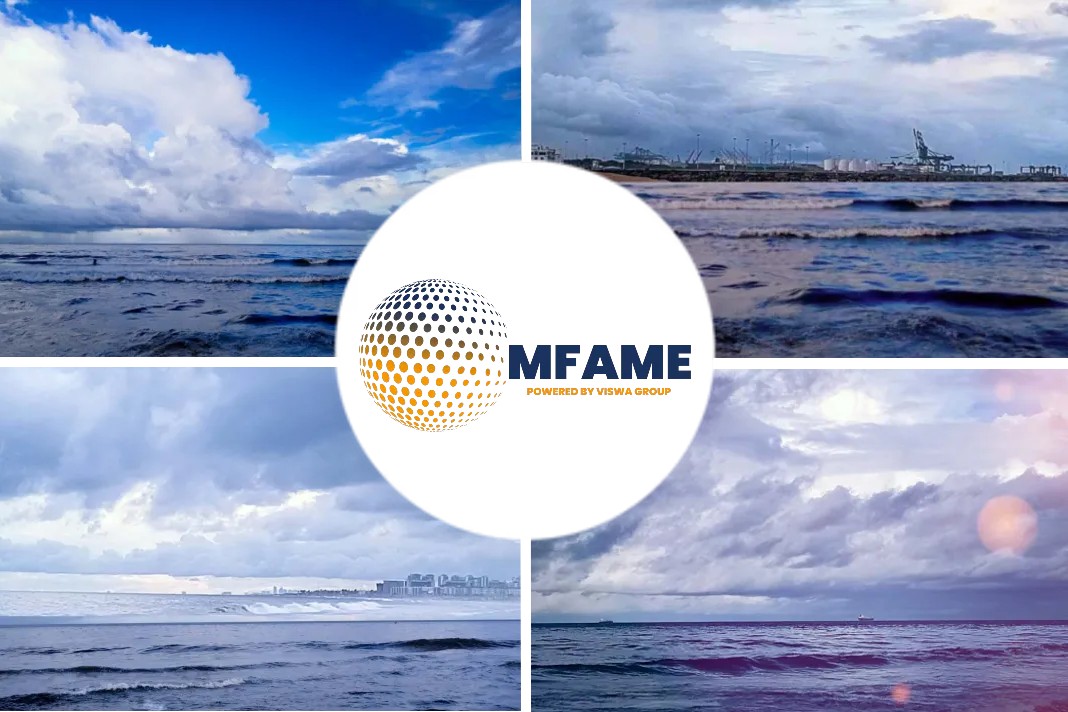Gasoil loadings of spot cargoes from the Middle East and India with options for delivery in Europe have risen in March, with shipping brokers tracking such deals saying about 10 cargoes have chartered LR2s while one has taken a newbuild Suezmax that can load up to 140,000 mt, says an article published in S&P Global.
Uptick Demand from Industries
Traders said an uptick in demand from the industry could be in sight, even as fundamentals in the European diesel market remain weak with no real change in demand for private road transport. The agricultural sector is already seeking requirements as farming activity picks up.
Cost expenses
At current freight, it would cost a charterer about $14.70/mt for moving gasoil on the Persian Gulf-UK-Continent route. However, larger volumes are being moved from Yanbu, which at present will cost about $11.70/mt, and from Sikka, where freight expenses are pegged less than $14.50/mt, sources said.
The Potential rebound
The potential rebound in arbitrage volumes for March follows a lackluster February, which saw ultra low sulfur diesel loadings halving from January due to lesser days in the month, a lack of demand, and already adequate supply within the region as the pandemic persisted, market participants said.
“February is a short month and more importantly the holiday season demand of December and January has not sustained,” a chartering executive said, adding that as stockpiles improved and demand tapered off, gasoil imports took a pause while the emergence of more contagious strains of the coronavirus led several European countries into different phases of lockdown.
Demand in Europe
The weaker European demand was instead met by intraregional deliveries of 30,000 mt sized parcels from origins such as Primorsk, Pori, Halmstad, Brofjorden and Porvoo in the Baltic and North Sea region.
Spot LR2 cargoes loading from the Middle East and India with options to discharge in Europe were more than two dozen in January, but the numbers declined to just over a dozen last month. LR1 spot cargoes also declined to about two or three from just under half a dozen during this period, brokers said.
Asian supply
A few sources remained skeptical that Persian Gulf and India-origin gasoil volumes to Europe will continue to increase in the coming weeks, given that some fixtures are now starting to point Eastward.
The Asian gasoil market has been holding steady amid leaner supply volumes from regional refiners, with sentiment having firmed over February due to less inflows, traders said.
Traders estimated February arrivals from India and the Persian Gulf to have eased to 700,000-800,000 mt, down from about 1.4 million mt that flowed over January.
For March arrivals into Asia, a few market participants said Indian and Persian Gulf fixtures are pointed toward the region, but noted that this was still a moving picture.
Traders Note
“The arb [arbitrage] to the East [from India and the Persian Gulf] still looks better at the moment,” a Singapore-based trader said March 2, adding that a narrowing in the Exchange of Futures for Swaps, or EFS, spread in recent days was shifting the trade flow balance.
“It’s roughly maybe a million mt [of gasoil] for March … we could reach that much but we are still looking at some vessels, and still tracking at the moment but of course, there are bound to be some changes as the Persian Gulf has the flexibility to go both ways,” the trader said.
EFS Spread
The EFS, which is the spread between Singapore 10 ppm sulfur gasoil swaps and the corresponding ICE low sulfur gasoil futures, is an arbitrage barometer for the movement of gasoil barrels from the East of Suez into Europe. A wider negative EFS spread shows that gasoil can command a higher price in the West than in Asia, but the current levels are seen too high for viable arbitrage economics to work. Traders previously said arbitrage economics are generally workable when the spread widens to minus $10/mt to minus $15/mt.
The March EFS spread was assessed at minus $1.44/mt at the Asian close March 2, narrowing from minus $2.29/mt the previous day. At 0300 GMT March 3, the EFS spread was seen at an intraday value of minus $1.65/mt.
Analytics report
The sentiment for the Asian gasoil market might be firming, traders said, driven largely by supply-side factors.
S&P Global Platts Analytics said in a report released Feb. 26 that there are expectations for regional supply volumes to tighten further.
“We still expect to see supply to trend lower as the impact of refinery turnarounds and closures builds,” the report said, adding, “Malaysia’s Pengerang refinery has delayed its restart until early in the second half of the year; the 300,000 b/d refinery was previously expected [to be] back in the first quarter.”
Did you subscribe to our daily newsletter?
It’s Free! Click here to Subscribe!
Source : S&P Global






















